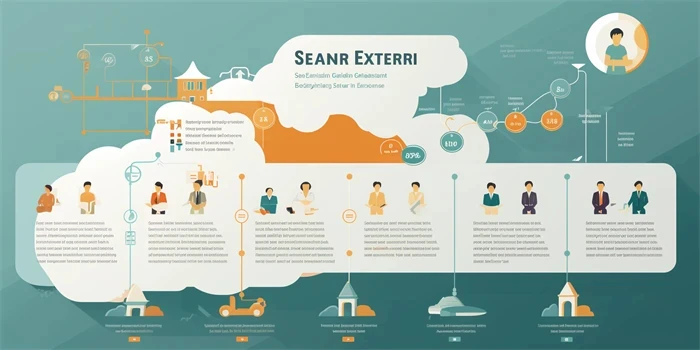Generating income from YouTube videos is a goal for many content creators. However, understanding the factors that contribute to monetization is crucial. In this article, we will explore 10 key aspects that determine when YouTube videos start making money.

1. YouTube Partner Program
To be eligible for ad revenue, creators must join the YouTube Partner Program. This requires the channel to have at least 1,000 subscribers and 4,000 watch hours within the past 12 months. Once accepted, ads can be displayed on the videos, enabling creators to earn money.
2. Content Quality: Creating high-quality, engaging videos is essential for attracting viewers and advertisers. A consistent upload schedule and appealing visuals contribute to the success of a YouTube channel.
3. Video Length and Ad Placement: The length of the video and the placement of ads affect the potential earnings. Longer videos with mid-roll ads have higher revenue potential, but it’s important to consider viewer preferences and not overwhelm them with excessive ads.
4. Target Audience: Understanding the target audience is crucial as it helps create content that resonates with viewers and attracts relevant advertisers. Analyzing demographics, interests, and engagement metrics aids in maximizing revenue potential.
5. SEO Optimization: Utilizing keywords, tags, and descriptive titles increases the visibility of videos in search results. Optimizing video metadata ensures that content reaches a wider audience, thus enhancing the potential for ad revenue.
6. Engagement and Interaction: Encouraging viewers to like, comment, and share videos increases engagement, which in turn boosts revenue potential. Building a community through live chats, collaborations, and responding to comments fosters loyalty and viewer retention.
7. Sponsorships and Brand Deals: Collaborating with brands for sponsorships or brand deals can provide additional income streams beyond ad revenue. With a substantial following, creators may attract brands willing to pay for product placements or promotional content.
8. YouTube Premium: Videos watched by YouTube Premium subscribers contribute to the revenue pool that is distributed to creators based on watch time. This can provide an additional source of income, especially for creators with loyal fan bases.
9. Crowdfunding and Merchandise: Some creators supplement their income through crowdfunding platforms like Patreon or by selling merchandise related to their channel. This allows supporters to contribute directly, providing creators with an alternative revenue stream.
10. Copyright and Content ID: Creating original content and avoiding copyright infringement is crucial to enable monetization. Utilizing YouTube’s Content ID system helps protect creators’ content and allows them to claim revenue from videos that use their material.
In conclusion, making money from YouTube videos requires a combination of factors such as program eligibility, content quality, target audience, optimization, engagement, sponsorships, and revenue diversification. By focusing on these aspects, content creators can increase their chances of earning revenue from their YouTube videos.
References:
1. Elberse, A. (2013). ‘Should Your Firm Be on YouTube?’ Harvard Business Review. Retrieved from: https://hbr.org/2013/07/should-your-firm-be-on-youtube
2. Anderson, C. (2018). ‘How to Make Money on YouTube: Ads, Sponsors, and Merch.’ Forbes. Retrieved from: https://www.forbes.com/sites/carolynlipka/2018/08/22/how-to-make-money-on-youtube-ads-sponsors-and-merch/?sh=6299e40b4677
Author: [Your Name]
Author Bio: [Provide a brief description of your expertise in the field]
Image Credit: [Indicate if the image is an original creation or provide the source if it is sourced]








